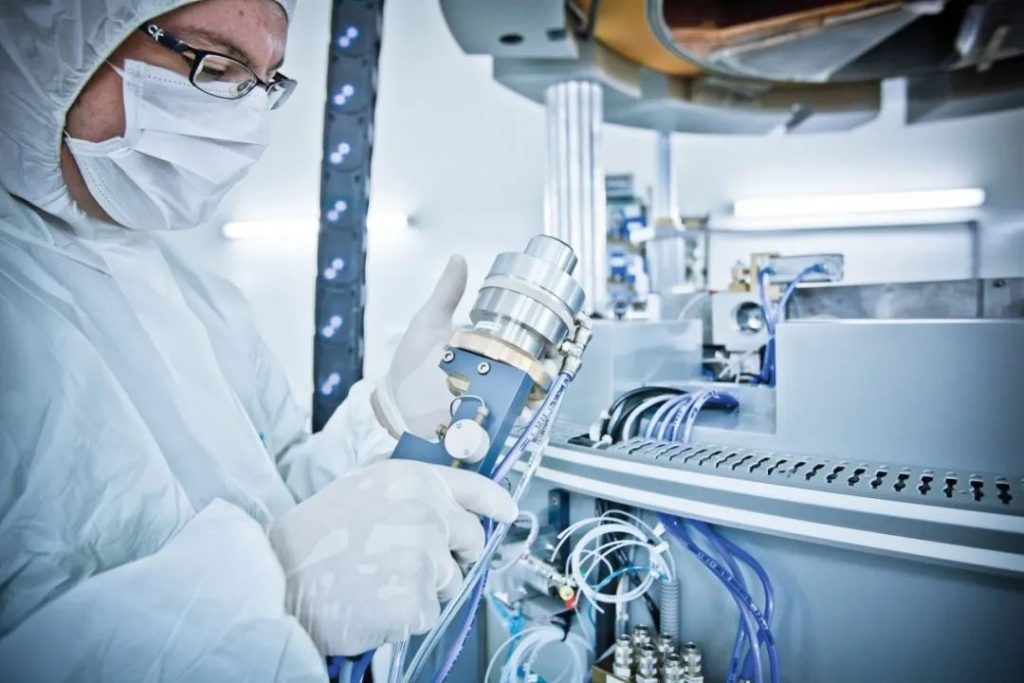Radiopharmaceuticals: Enabling Modern Medical Imaging and Treatment

Radiopharmaceuticals, also known as radiotracers, are diagnostic or therapeutic medicines that contain radioactive elements. They allow imaging of organs and functions of the body and treatment of certain diseases using ionizing radiation. Radiotracers emit radiation from radioactive elements and are detected by special types of cameras or scintillation detectors, providing information about functional processes in the body or the location and concentration of the radiotracer compound. Some radiotracers can also treat certain medical conditions when unsealed, radioactive sources are administered internally or externally to the patient's body.
Types of Radionuclides Used
A variety of radionuclides are used to prepare clinically useful radiotracers for diagnostic imaging and targeted radiation therapies. Common diagnostic radionuclides include technetium-99m, thallium-201, gallium-67, and iodine-123. Technetium-99m is routinely used because it has ideal nuclear properties such as optimal gamma ray energy, short physical half-life of 6 hours, and is produced from a molybdenum-99/technetium-99m generator system. Therapeutic radiotracers often contain beta emitters like iodine-131, yttrium-90, samarium-153, lutetium-177, and radium-223 to treat thyroid cancer, bone metastases, and other malignancies. Alpha emitters including radium-223, actinium-225, and bismuth-213 are also explored for targeted alpha therapy of cancers.
Radiopharmaceutical Applications
Nuclear medicine imaging plays a vital role in diagnosing and managing many diseases. Some common radiotracer drug applications include bone scans using technetium-99m to detect metastases, heart scans using thallium-201 or technetium-99m for myocardial perfusion, lung ventilation/perfusion scans using technetium-99m to diagnose pulmonary embolisms, thyroid scans using iodine-123 to evaluate thyroid nodules, PET scans using fluorine-18 fluorodeoxyglucose (FDG) to detect and stage cancers, and neuroendocrine tumor imaging using gallium-68 DOTA peptides. Targeted radiotherapy helps treat thyroid cancer using radioactive iodine-131, bone metastases with strontium-89, radium-223, or samarium-153, and neuroendocrine tumors with lutetium-177 or yttrium-90 DOTA conjugates. Radiotracers provide crucial functional and molecular information beyond anatomical imaging alone for improved patient care.
Radiopharmaceutical Development
The discovery and development of new Radiopharmaceuticals In Nuclear Medicine follows a rigorous process. Potential diagnostic or therapeutic radioisotopes are first identified based on their nuclear characteristics and availablility. Suitable targeting molecules like peptides, antibodies, small molecules are then evaluated as carriers to deliver the radioisotope to specific organs, tissues, or receptors. Radiochemistry techniques are used to efficiently label the targeting molecule with the radioisotope without affecting its targeting properties. Pre-clinical testing in cell and animal models validates target specificity, biodistribution, pharmacokinetics of the radiotracer. Regulatory approval is needed for clinical trials to demonstrate safety, accuracy and diagnostic performance in humans. Successful radiotracers are commercialized after lengthy research and multi-step approval process, greatly benefiting patients. Continuous research helps identify new targets and delivery techniques for improved diagnosis and personalized treatment.
Future Directions
The field of nuclear medicine is rapidly evolving with latest discoveries. Combined PET/CT and SPECT/CT imaging provides anatomical and molecular information synergistically. development of Cyclotrons and generators on-site enable production of radioisotopes on demand instead of transportation from central facilities. Use of 3D printing techniques may help manufacture individualized doses of radiotracers. More sensitive gamma cameras with improved resolution and quantification are changing imaging protocols. Exploration of new radioisotopes such as actinium-225 and others for targeted alpha particle therapy holds promise for cancer treatment. Combining different imaging agents may help characterize tumors and response to therapies better. Significant research efforts focus on personalizing radiotracer treatments using biomarkers, nanoparticles, and molecularly targeted agents like antibodies. Along with technological advances, informatics and artificial intelligence are being applied to provide quantitative image analysis and diagnostic assistance. Further progress in radiotracer sciences will continue revolutionizing nuclear medicine practice
Get more insights on - Radiopharmaceuticals In Nuclear Medicine
- Industry
- Art
- Causes
- Crafts
- Dance
- Drinks
- Film
- Fitness
- Food
- Spiele
- Gardening
- Health
- Home
- Literature
- Music
- Networking
- Other
- Party
- Religion
- Shopping
- Sports
- Theater
- Wellness
- News


